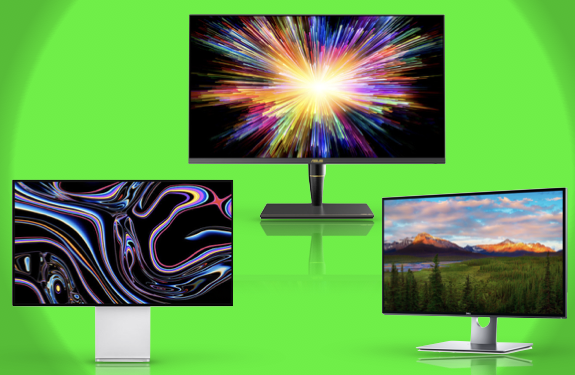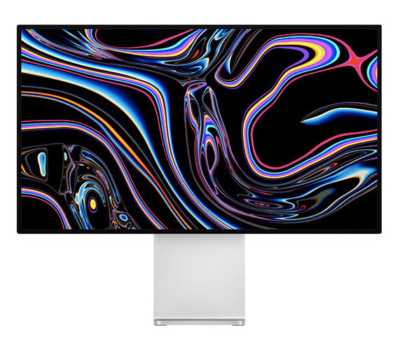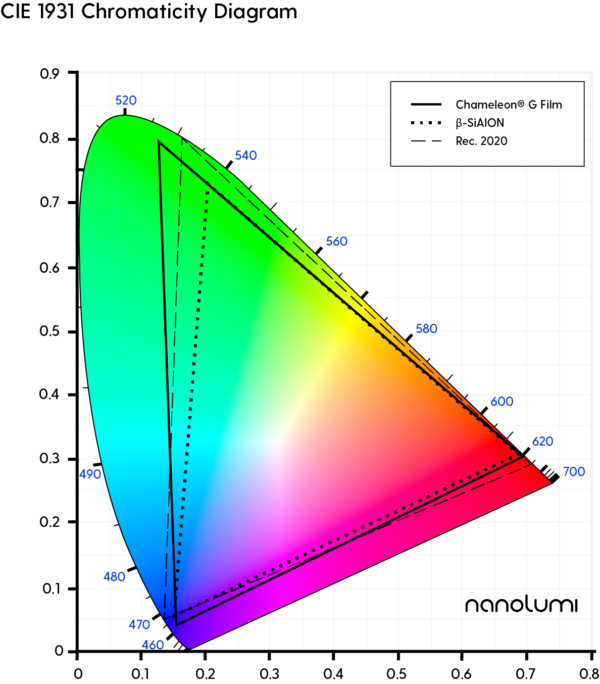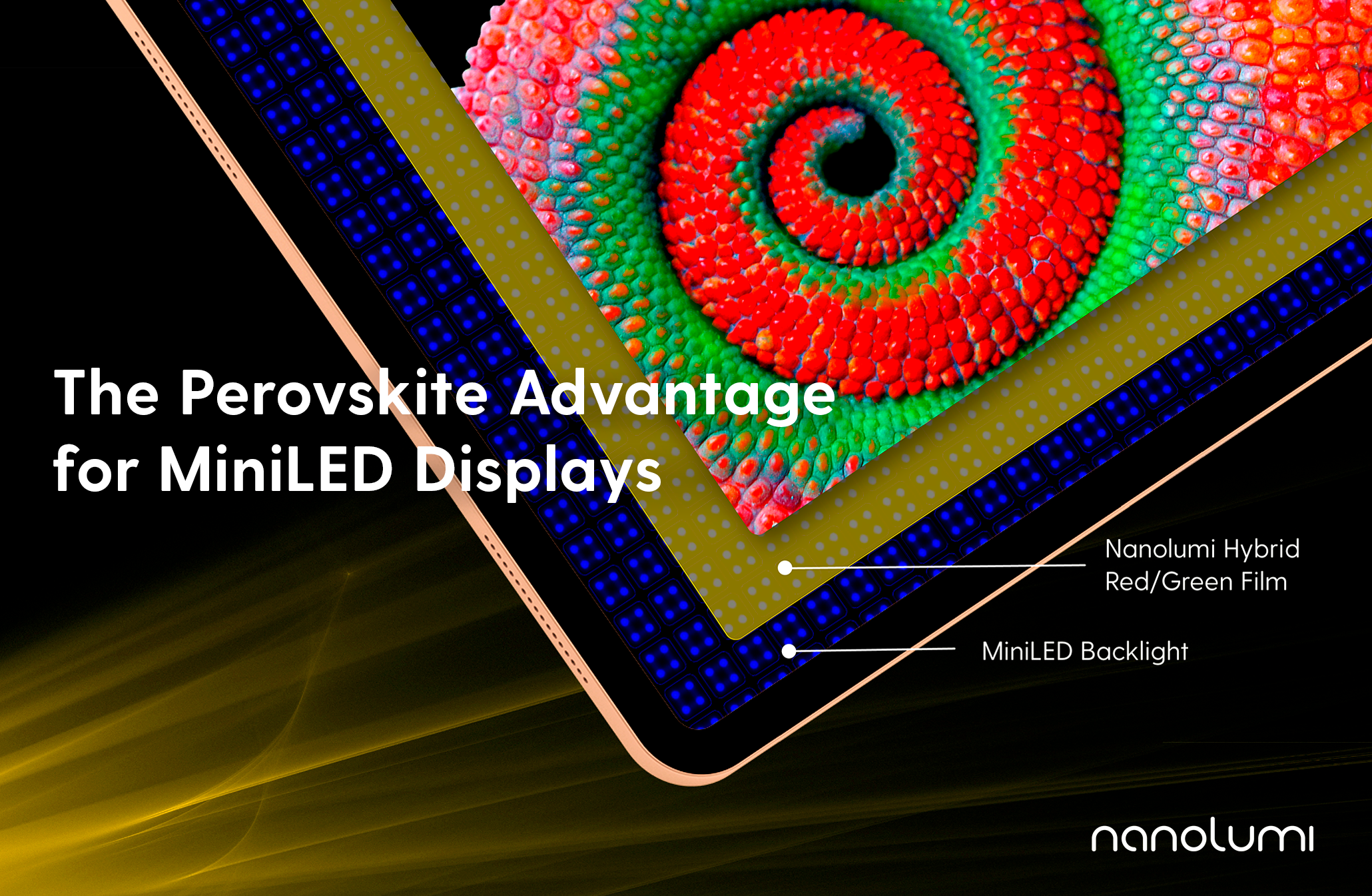“You have to be there to see it for yourself” is a phrase we often say or hear when something in real life, captured on photos or videos, fail to match up exactly when shown or played back on screens. But what if photos and videos can do the real thing justice?
The realism of images is a frequently overlooked aspect of picture quality and display performance as image resolution has been the main focus. With resolutions at 4K, 8K and up today – arguably as high as it ever needs to go – the focus has now shift to contrast, colour range and accuracy, which combine to re-create realistic pictures with lifelike details.
In 2012, the International Telecommunication Union Radiocommunication Assembly (ITU-R) released new recommended standards for 4K and 8K Ultra HD displays known as ITU-R BT. 2020 or Rec. 2020. While the standards cover a broad range of specifications, the ambitious wide colour gamut coverage aims to elevate colour accuracy and has been much anticipated and highly coveted in the displays industry as meeting Rec. 2020 performance means reproducing colours beyond the Pointer’s gamut, a spectrum that reflects colours in nature that even Adobe RGB and DCI-P3 does not cover in full.
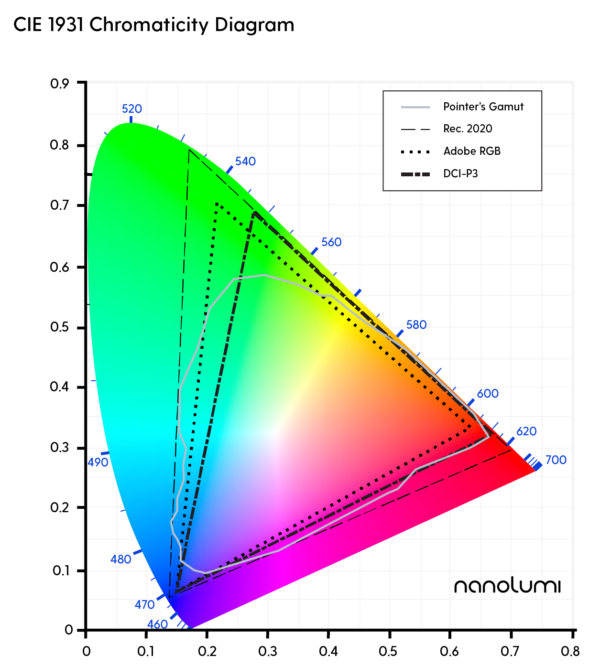
Figure 1. Colour Gamut Coverage Comparison
The goal of Rec. 2020 displays is to achieve 4K and 8K image quality with true to life colours, contrast and details – a benefit that is attractive to consumers for a more immersive entertainment experience and in demand by professionals such as product creators, graphic designers, photographers, film makers & videographers, animators and game developers for their creative work.
It is important to note that wide colour gamut coverage is only part of the picture to achieving ultimate realism on displays. Beyond colour accuracy, High Dynamic Range (HDR) contrast ratio is essential to reproducing pictures with high resolution, realistic colours, lifelike details and accurate brightness. The key technology required to successfully expand the range of brightness and colours for precise HDR control in liquid crystal displays (LCD) is full-array local dimming (FALD) applied across thousands of mini-LEDs in the backlight unit (BLU).
What’s Missing For Rec. 2020 Displays in 2020?
It’s 2020, yet displays achieving full Rec. 2020 colour gamut coverage are nowhere in sight.
Let’s have a look at the top professional monitors in the market today that have, however, brought the display industry to a new milestone by achieving the widest colour coverage.
Table 1. Top Professional Monitors Comparison

Source: Accessed on May 18, 2020
www.apple.com/pro-display-xdr/pdf/Pro_Display_White_Paper_Feb_2020.pdf.
www.asus.com/Monitors/ProArt-PA32UCX/
www.dell.com/en-us/work/shop/dell-ultrasharp-32-8k-monitor-up3218k/apd/210-alez/monitors-monitor-accessories
Professional monitors are expected to be dependable workhorses with highly reliable performance and superior colour gamut coverage. While OLED technology enables perfect blacks and high contrast, the risk of burn-ins when operating at the demanding levels of professional displays make OLED a non-starter and LCD the preferred technology. As such, professional monitors continue to be LCD-based with a BLU technology that falls into one of these three categories:
1. Cadmium (Cd)-based quantum dot (QD) films
2. On-chip LED Phosphors such as β-SiAlON:Eu2+ and Mn4+-doped potassium fluorosilicate (PFS), K2SiF6 : Mn4+ (KSF) on blue LED chip
3. Fluorescence materials paired with narrow band filtering film
The choice of BLU technology is important as one of the main factors to achieving wide colour gamut is for each of the red, green, blue (RGB) primaries in the BLU to offer a spectrally pure emission. A common form of measurement for spectral purity is full width at half-maximum (FWHM), or the spectral emission width at the halfway point of its peak emission. Each RGB primary exhibits a separate FWHM which is dependent on the BLU technology it is based on – the narrower the FWHM width, the more spectrally pure the emission leading to a wider colour gamut.
Cd-based QD films using cadmium selenide (CdSe) offer excellent colour performance at a very narrow FWHM of ~20-30 nm for red and green emissions, making it the incumbent QD material over Cd-free alternatives like Indium Phosphide (InP) QD with FWHM of only ~35-40 nm. However, Cd is heavily regulated with the risk of being banned due to its high toxicity and RoHS regulations require consumer electronics to contain <100 ppm of Cd. The risk of Cd-based materials being banned globally is constantly on the minds of display brands and manufacturers who are safeguarding the longevity of their products by opting for Cd-free alternatives. Today, the majority of professional displays offering wide colour gamut are designed using blue LED on-chip phosphors, specifically KSF for red emission and β-SiAION for green emission, both Cd-free alternatives. KSF and β-SiAION have gained wide commercial adoption as the technology offers stable performance, high efficiencies and ease of implementation within the existing LED packaging supply chain. For red emissions, KSF exhibits high quantum efficiency of >90% , main peak emission wavelength of 631 nm and a narrow FWHM of <2 nm for each of its 5 peaks (<30 nm approximation on Gaussian). For green emissions, β-SiAION offers quantum efficiency of >70%, reasonable emission profile with main peaks at 530-540 nm and a broad FWHM of approximately 50 nm.
While the clear leader for a Cd-free narrow band red emitter is KSF, a Cd-free green emitter with narrow FWHM <20 nm is still the missing enabler to significantly enhance the Rec. 2020 colour gamut coverage to >90% in even the top professional monitors today.
Why Paying More Attention To Green Pays Off?
To address this question, we must first understand how our eyes work.
The human eyes respond to light at wavelengths between 400 – 700 nm and experience peak sensitivity at 555 nm, which falls in the green region of the visible light spectrum. Given the photopic nature of our eyes, the greens in the RGB primaries of a display have a major impact on how our eyes detect colours on a display. Thus, the green emitter technology chosen by display brands and manufacturers play a critical role in how customers rate the overall colour performance of the display.
The key attributes desired of green emitters for maximum Rec. 2020 colour gamut coverage are:
1. Spectrally pure green light with narrow band FWHM of <20 nm
– Expands green primary closer to Rec. 2020 gamut coverage
– Reduces green light leakage in red and blue subpixels (crosstalk)
2. High photoluminescent quantum yield (PLQY) conversion
– Achieves peak brightness of >1000 nits (preferably >1600 nits)
– Allows for a slimmer, less complex device heat management system
3. RoHS compliant
The commercial options available for green emitters are summarized in Table 2 below.
Table 2. Green Emitters for LCD Displays
 *Measured by Nanolumi’s method with a calibrated laser excitation source and integrated sphere
*Measured by Nanolumi’s method with a calibrated laser excitation source and integrated sphere
CdSe-based QD films with narrow band emission of ~20 nm is a very promising technology for enabling professional displays with >90% Rec. 2020 colour gamut coverage, however, the enthusiasm to jump in and adopt it for future displays is waning as RoHS regulatory concerns around Cd-base materials remain.
While there is a growing segment of ROHS-compliant CdSe-based QD films with low Cd content of <100ppm, these solutions often require new QD film designs that introduce a high amount of light recycling, which leads to a decrease in the overall efficiency of converting blue light from the BLU to green and red light. Low Cd-based films may also fail to meet the specifications of premium professional displays, which require high peak brightness of over 1000 nits, and more than 1600 nits at times. To achieve high brightness and make up for the low conversion efficiency, display manufacturers have to either drive the blue LED at much higher power forcing them to re-design a more complex heat management system or increase the concentration of CdSe-based QD in the films for higher conversion efficiency often resulting in ROHS non-compliant products. To achieve >90% Rec. 2020 colour gamut coverage and have complete assurance of being RoHS-compliant, a Cd-free green emitter with similar narrow spectral band emission as CdSe (FWHM ~20 nm) is the industry’s best bet.
Achieving The Best Colour Gamut in Professional Monitors with Cadmium-free Green Perovskite Colour Enhancement Film
Perovskite nanocrystals are a new class of halide semiconductors that are Cd-free and RoHS-compliant for use in consumer electronics globally. While quantum dots are heavily dependent on individual particle size for colour performance, perovskite nanocrystals can be easily tuned across the entire visible light spectrum by varying the overall chemical composition; The lower level of precision required for colour tuning allows it to be mass produced cost-effectively in large volumes with high yields.
The rapidly growing interest around perovskite nanocrystals as a Cd-free green emitter for wide colour gamut displays is attributed to its narrow spectral band emission of <20 nm, potentially high photoluminescence efficiency (PLQY) of >90% and tunable emission; These key characteristics make perovskite nanocrystals the most competitive Cd-free green emitter over CdSe-based QD, Cd-free QD (InP) and conventional green phosphors (β-SiAION).
In November 2019, Nanolumi launched Chameleon® G Film, the industry’s first Cd-free green perovskite colour enhancement film enabling premium displays with unparalleled colour performance.
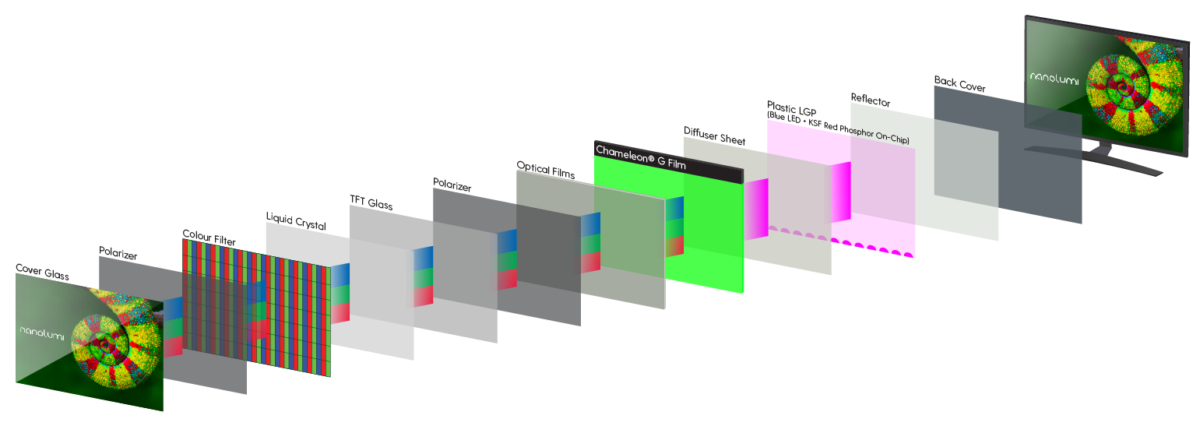
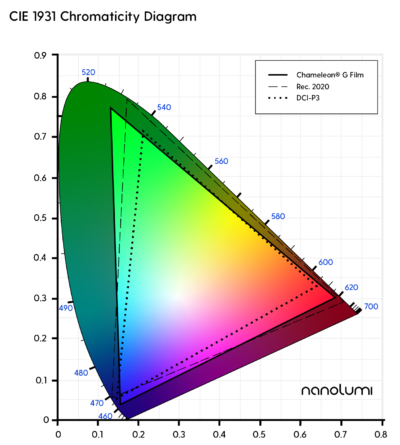
Figure 2. Chameleon® G Film Colour Gamut Coverage
While β-SiAION offers a FWHM of ~50 nm, Chameleon G Film possesses a spectrally purer green emission with a FWHM of ~20 nm. Being a direct substitute of one another, switching a β-SiAION film for Chameleon G Film is the quickest, non-disruptive way for display manufacturers to enhance Rec. 2020 coverage from 81% to 91%.
Table 3. Chameleon® G Film & β-SiAION Performance Comparison
 *Measured with industry standard wide colour gamut (WCG) colour filter
*Measured with industry standard wide colour gamut (WCG) colour filter
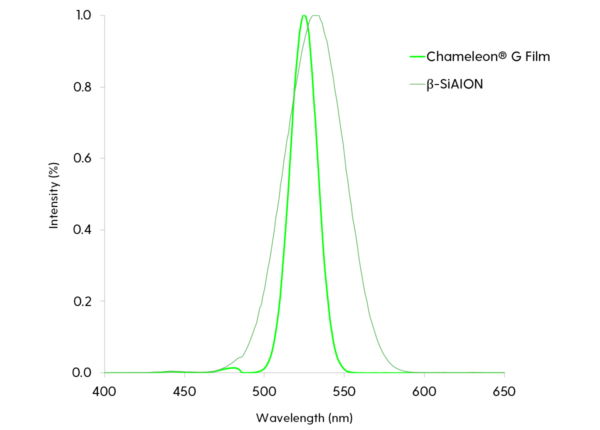 Figure 3. Chameleon® G Film & β-SiAION Spectral Emission
Figure 3. Chameleon® G Film & β-SiAION Spectral Emission
Figure 4. Chameleon® G Film & β-SiAION Rec. 2020 Colour Gamut Coverage
And finally, to hit the ‘Cd-free jackpot’ and win best colour performance for professional displays, we have to pair green perovskite-based Chameleon G Film with a narrow band red phosphor.

The unique combination of Nanolumi’s Chameleon G Film with red potassium fluorosilicate (PFS/KSF) phosphor-on-chip (LEDs), referred to as ‘Hybrid QDEF-Phosphor’ in DSCC’s new Annual QD Display Technology and Market Outlook Report, allows display manufacturers to achieve excellent colour performance of >90% Rec. 2020, >99.x% Adobe RGB and >99.x% DCI-P3 while maintaining the highest energy efficiencies.
Table 4. Red Emitters for LCD Displays
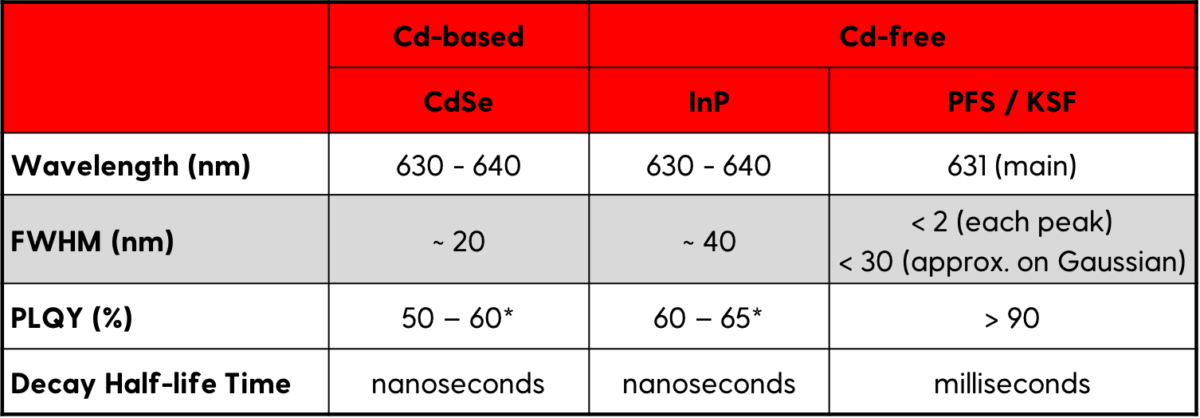 *Measured by Nanolumi’s method with commercially available red/green film
*Measured by Nanolumi’s method with commercially available red/green film
PFS/KSF phosphor is a technology that is widely adopted in the commercial display market with over 30 billion LEDs sold worldwide. Red PFS/KSF is not only Cd-free, but in comparison to red CdSe emitters, it is a mature technology in the current LED packaging supply chain, offers excellent conversion efficiencies, material reliability and is a cost-effective path toward wide colour gamut LCD displays.
“PFS/KSF LEDs are today used by most major name brands of consumer electronics in virtually every type of liquid crystal display (LCD) application from smartphones and tablets to laptops, computer monitors and televisions,” explains Dr. James Murphy, Senior Scientist at GE Research. “We’re aiming to grow in LCDs and next generation niche markets such as Mini- and Micro-LEDS.” (Source)
The main drawback of PFS/KSF materials is the millisecond decay time, which is faster than the response time of liquid crystals such that in some niche applications have resulted in a red afterglow in images on screen. Today, PFS/KSF material decay time has improved tremendously; Liquid crystals are often the slowest component, but by driving blue LEDS appropriately and using mainstream fast-switching liquid crystal displays, no red afterglow is visible. Commercially available displays using PFS/KSF in the market today offer <3 ms response time (gray-to-gray) with no visible red afterglow; Top professional displays typically have a response time of 5 ms.
Nanolumi’s Chameleon G Film enables professional displays with >90% Rec. 2020 coverage and HDR picture quality as it is a spectrally pure green emitter that expands the green primary and reduces green light leakage in red subpixels and blue subpixels. While the technical limitation of current colour filters lead to trade-offs in colour gamut performance, brightness and energy efficiency (i.e. allowing more light through resulting in a smaller colour gamut due to crosstalk leakage amongst individual RGB primaries), aggressive colour filtering is not required with Chameleon G Film as a narrow spectral emission of <20 nm prevents crosstalk leakage between green and red and a clean down conversion from blue. The pairing of two highly efficient technologies – Chameleon G Film with >70% PLQY and PFS/KSF phosphors with >90% PLQY – also supports ENERGY STAR certification requirements, easier heat management designs and is perfect for professional displays, which are powered at high peak brightness of above 1000 nits. Last but not least, Chameleon G Film allows display brands to achieve remarkable performance with a Cd-free solution that competitively replaces CdSe-based QD for premium displays and professional monitors.
